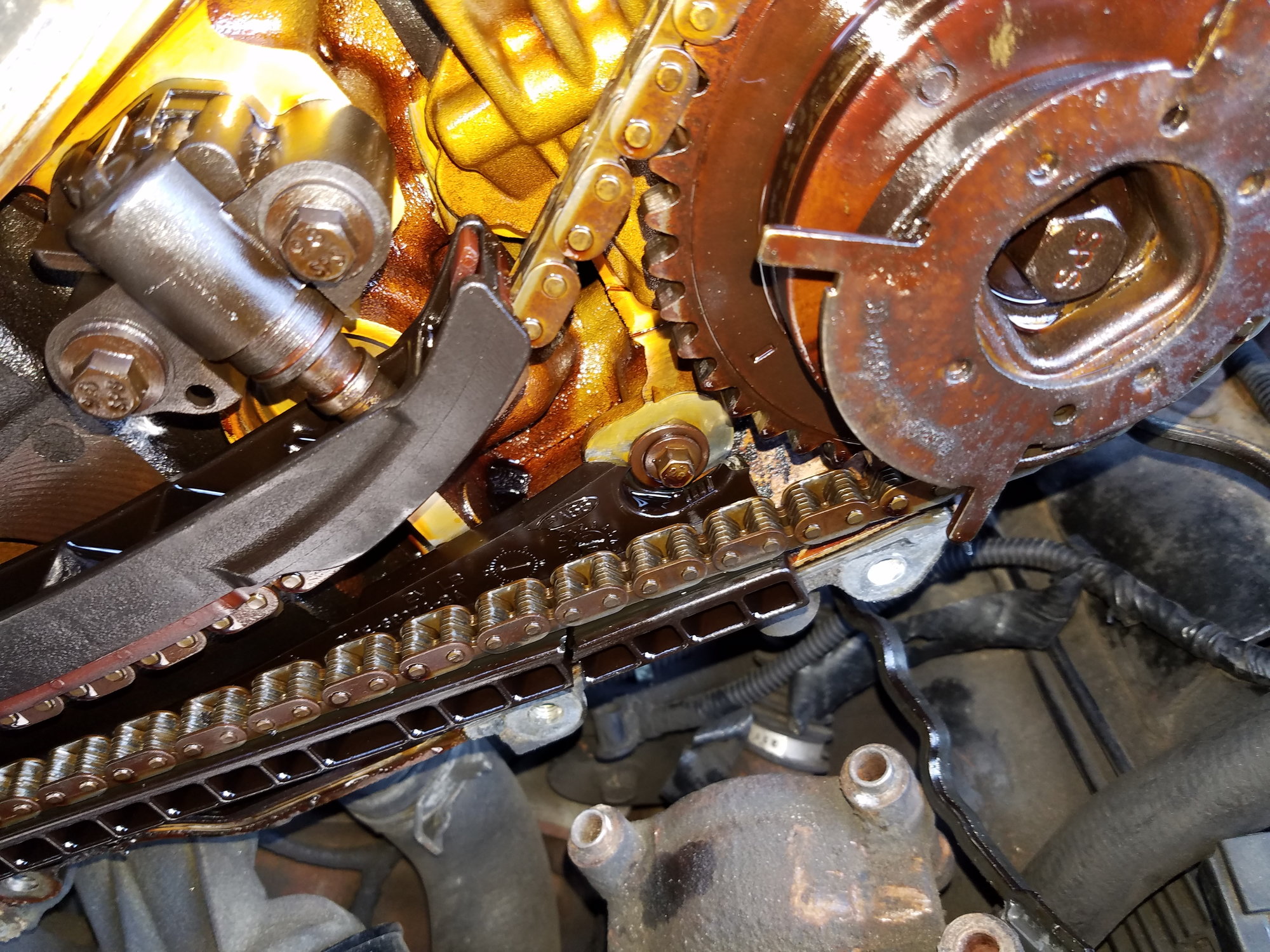

Even if they don’t break, there are tensioners and guides that can wear out and need replacement. Even if the timing belt doesn’t break, worn cogged “teeth” or a bad tensioner could cause it to skip and possibly have the same effect, though that might give you a bit of warning in the form of an engine misfire or ticking noise. The reason you should replace a timing belt at recommended intervals is that it can fail without notice. Why Do I Have to Replace My Timing Belt if My Engine Is Running Fine? There might also be other parts that would be prudent to replace during the process … at additional cost. Note that in some cases, the manufacturer might include a time interval - not just a mileage interval - for recommended timing belt replacement. That can be significant because replacing a timing belt is a fairly complicated job that can easily cost $500 to $1,000. While most timing belts are supposed to be replaced every 60,000 to 120,000 miles, many timing chains end up lasting the life of the car. Though it’s certainly a matter of opinion that’s based largely on your priorities, it’s generally felt that timing chains are better than timing belts. Thus, if you have an interference engine with a timing belt, it’s much more important to replace the timing belt at its recommended intervals. With either type, the engine will stop immediately if the belt or chain breaks, leaving you stranded. With an interference engine, the pistons will hit and usually bend some of the valves if the timing belt or chain breaks, causing major internal engine damage that can be expensive to repair in a noninterference engine, no internal damage should occur. One element that factors in here is whether your car has an interference (or non-freewheeling) engine or noninterference (or freewheeling) engine. (Both setups look somewhat like a bicycle’s chain and sprockets.) If the timing belt or timing chain fails, the engine stops running immediately, potentially resulting in expensive internal engine damage. What typically connects the crankshaft to the camshaft is either a cogged timing belt riding on pulleys or a timing chain riding on sprockets.

On a conventional piston engine - which is found in virtually all modern passenger cars - the up-and-down motion of the pistons turn the crankshaft, and the crankshaft turns the camshaft, which opens the valves at the proper time. Related: Is Your Check-Engine Light On? 5 of the Most Common Causes What Does the Timing Belt or Timing Chain Do? But why should you replace your vehicle’s timing belt or chain, and how do you find out which one your car has? Generally speaking, timing belts have the advantage of being quieter and cheaper to produce and replace, while timing chains typically have a longer lifespan. Many modern passenger cars have either a timing belt or a timing chain.


 0 kommentar(er)
0 kommentar(er)
